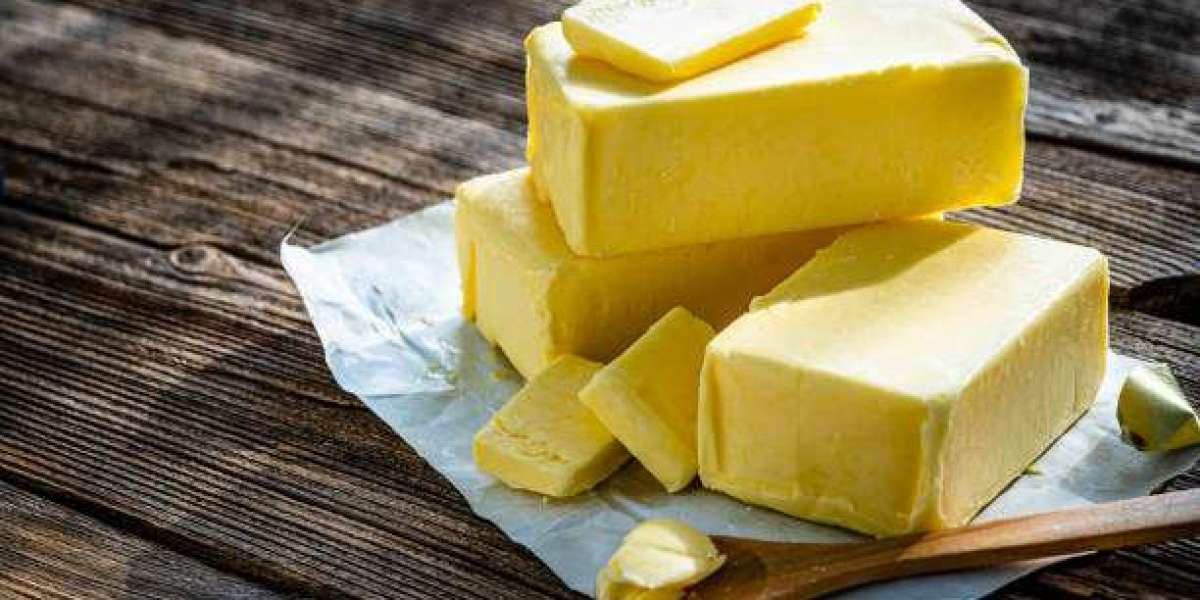Environmental Control in Indoor Growing
Indoor growing provides an unparalleled level of control over the growing environment, which can significantly affect the health and yield of your cannabis plants. One of the most critical factors in indoor growing is temperature control. Maintaining a stable temperature is crucial for the optimal growth of cannabis plants. Most growers aim to maintain a temperature range between 70-85°F (20-30°C) during the day and slightly cooler at night.
Humidity levels also play a vital role in the health of indoor cannabis plants. Generally, young plants thrive in higher humidity (about 60-70%), while flowering plants prefer lower humidity levels (about 40-50%) to prevent mold and mildew.
Creating an optimal indoor cannabis environment involves the meticulous balance of various factors, such as light, air circulation, and nutrient delivery. Using techniques like microclimate control, growers can create specific zones within the grow room, tailored to different stages of the plant's life cycle. This level of control allows for year-round cultivation, free from seasonal fluctuations.
Environmental Factors in Outdoor Growing
Outdoor growing relies on natural environmental factors, which can offer some advantages in terms of lower costs and natural growth conditions. Natural light is a significant benefit of outdoor growing. Cannabis plants can benefit from the full spectrum of sunlight, which can lead to robust and healthy growth.
However, outdoor growers must contend with varying weather conditions, which can be both a blessing and a curse. While rain can naturally hydrate plants, excessive moisture can lead to mold and mildew, while extreme heat can stress the plants.
Another challenge for outdoor growers is protecting plants from wildlife. Deer, rabbits, and other animals can pose a significant threat to your cannabis plants. Fencing and natural deterrents are often necessary to keep your crop safe.
Growing Costs Comparison
When it comes to costs, indoor and outdoor growing methods can differ significantly. The cost of indoor growing can be quite high, primarily due to the need for specialized equipment such as grow lights, ventilation systems, and climate control devices. Electricity costs can also add up, as indoor setups often require significant energy resources to maintain optimal growing conditions.
| Cost Factor | Indoor Growing | Outdoor Growing |
|---|---|---|
| Initial Setup | High | Low to Medium |
| Energy Usage | High | Low |
| Water Usage | Controlled | Variable |
Energy usage is a crucial consideration for indoor growers, who must account for the electricity required to power grow lights and climate control systems. On the other hand, outdoor growing can be more cost-effective, particularly in regions with favorable weather conditions.
- Initial investment in equipment and infrastructure
- Ongoing electricity and maintenance costs
- Water usage efficiency in different growing methods
Yield and Quality
Cannabis yield and quality are influenced by both the growing method and the grower's expertise. Indoor growing can produce high-quality, consistent yields due to the controlled environment. Growers can fine-tune every aspect of the growing process, leading to maximized yields.
However, outdoor grows can yield larger plants and harvests thanks to natural sunlight and unrestricted root growth. The quality of outdoor-grown cannabis can be exceptionally high, although it depends heavily on the local environment and weather conditions. Monitoring the health of cannabis plants is essential in both methods to ensure a high-quality yield. More here https://wayofleaf.com/cannabis/best-picks/best-sativa-strains
Security and Privacy Concerns
Security and privacy are critical considerations for both indoor and outdoor cannabis growing methods. Indoor growing can offer enhanced privacy since your plants are cultivated within a controlled, enclosed environment. This setting can minimize the risk of theft and unauthorized access. One aspect to manage effectively is odor control. The strong aroma of cannabis can easily permeate through buildings, attracting unwanted attention. Utilizing carbon filters and proper ventilation systems can help mitigate this issue.
Outdoor growing, on the other hand, can pose more challenges in terms of privacy and security. Keeping your plants hidden and secure from neighbors and potential thieves requires careful location selection. Choosing a discreet, out-of-sight spot can help protect your crop. However, outdoor growers must also think about natural threats such as pests and weather conditions. Setting up fences and employing animal deterrents can be necessary to safeguard your plants.
Pests and Diseases Management
Managing pests and diseases is essential for maintaining the health of your cannabis plants, whether grown indoors or outdoors. Outdoor growing exposes plants to a wider range of pests and diseases. Common pests include aphids, spider mites, and caterpillars, which can cause significant damage if not promptly addressed. Employing organic or chemical pest control measures can help keep these intruders at bay.
Similarly, outdoor plants are more susceptible to environmental stresses such as intense sunlight, heavy rain, and strong winds, which can hinder their growth. Weatherproofing your outdoor grow area with plant covers or windbreaks can help mitigate these issues. In contrast, indoor growing allows for precise control over the environment, reducing the risk of pests and diseases. Still, indoor growers must remain vigilant for mold and mildew, particularly if humidity and temperature levels are not properly maintained.
Growing Equipment and Technology
The equipment and technology used in cannabis cultivation vary widely between indoor and outdoor growing methods. Indoor growing requires a range of specialized equipment to create an optimal growing environment. Grow lights, such as LED or HPS lamps, are essential for providing the necessary light spectrum for photosynthesis. Additionally, indoor growers must invest in ventilation systems, fans, and carbon filters to manage air quality and odor.
Outdoor growers benefit from natural sunlight and typically require fewer pieces of specialized equipment. However, irrigation systems are crucial for ensuring that plants receive adequate water, especially in regions with irregular rainfall. UV lights are often utilized indoors to simulate sunlight and boost plant health. While outdoor growing can initially be less equipment-intensive, advancements in technology mean many outdoor growers also opt for greenhouses or hoop houses to extend growing seasons and protect against adverse weather.
Laws and Regulations
Compliance with laws and regulations is paramount for cannabis growers. The legal landscape surrounding cannabis cultivation can vary significantly depending on your location. Indoor growing often brings advantages in complying with local regulations, such as maintaining specific plant densities and using legal grow equipment. Indoor grows can be easier to secure and monitor, ensuring that all plants are accounted for and within legal limits.
Outdoor cultivation, while potentially more challenging in terms of compliance, can still thrive with a thorough understanding of local laws. Some regions may have restrictions on the number of plants, their visibility to the public, or the distance they must maintain from other properties. Ensuring you are up to date with local regulations will help you avoid legal complications and fines. Utilizing compliant harvesting tools and following proper documentation procedures are essential steps for both indoor and outdoor growers.



